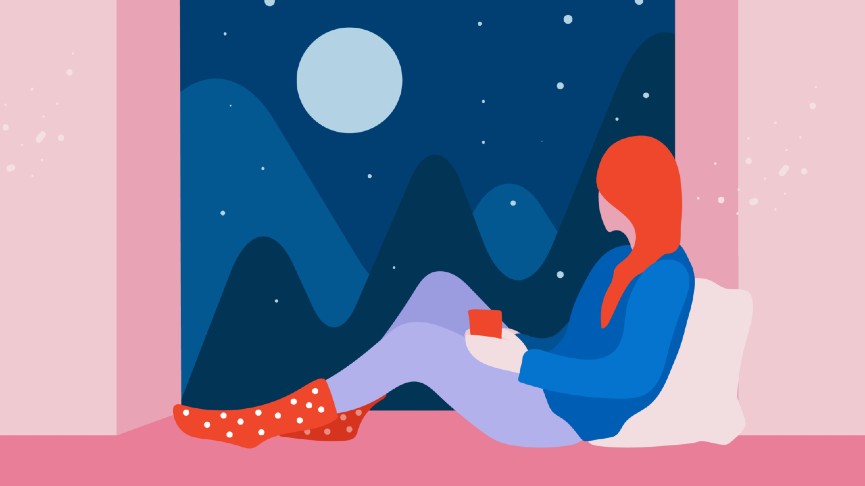Feeling S.A.D.? Here’s the Scoop on Seasonal Affective Disorder

With Thanksgiving and Black Friday wrapped up, we are well and truly into the winter season. Some of us are welcoming winter as a time for holiday cheer, skiing and snuggling on the sofa to watch cheesy Hallmark movies. But others are starting to feel like the ‘blue’ days that normally only happen a few times a month are starting to stack up.
It’s normal for your mood to be a bit different in winter than it is summer. Colder weather isn’t everyone’s cup of tea, and waking up to darkness only to come home from work in darkness can take its toll. But the expectation that ‘everyone gets winter doldrums’ can lead people to ignore symptoms of a more serious issue: Seasonal Affective Disorder.
What is Seasonal Affective Disorder?
Seasonal Affective Disorder (or SAD as it is aptly known) is a mood disorder related to changes in the seasons. It’s actually possible to experience it in the spring or summer, but we mostly associate SAD with winter.
SAD is thought to be caused by an imbalance of neurotransmitters (brain chemicals) triggered by the change in season. Current theories tie SAD to the change in light, which can also affect your circadian rhythms. What we do know is that roughly 20% of Americans experience it.
It seems as though women are more likely to experience SAD than men for unclear reasons, but women also generally have a higher risk of depression. Women are also slightly more likely to have Bipolar II—anyone who has Bipolar disorder can have mania or hypomania triggered by SAD and should be particularly aware. But what symptoms do you need to be aware of, exactly?
What are the Symptoms of Seasonal Affective Disorder?
SAD is a form of depression; that it happens specifically and reliably with the change in season is what sets it apart from typical depression. But the symptoms are essentially the same.
When you experience Seasonal Affective Disorder, you feel down and lose interest or enjoyment in things that you used to love. You’ll also have trouble concentrating and notice a change in your energy levels, appetite and sleep schedule.
(Generally, people find themselves eating more, sleeping in, and wanting to go lie down even if they haven’t really exerted themselves or can’t really fall asleep.) You may also experience lower self-esteem, or have suicidal ideations
Do I Have to Wait for Spring to Feel Better?
In the case of all depressive episodes, talk to a GP or mental health professional if it lasts for two weeks or more.
SAD can range from mild to severe, but even if you don’t experience extreme symptoms such as suicidal thoughts, it can drastically affect your life. You may notice it affecting your work or academic performance, or have trouble relating to loved ones in your life. But there is help available.
If you experience SAD, your healthcare provider can help create a treatment plan to start a few weeks before the change in season so you don’t get blindsided again. This can include medication or light therapy. Other strategies such as regular exercise, meditation or journaling can help with the stressful aspects of SAD, but they aren’t a magic cure for severe depressive symptoms.
It can be scary to realise you might have SAD (or any depressive disorder, like postpartum depression or Premenstrual Dysphoric Disorder). But know two things: firstly, you’re not alone. And secondly, anything that is holding you back from a happy, functional life is worth talking to someone about and seeking solutions.

Lane Baumeister is an internationally-based Canadian writer with several years’ experience creating educational and entertaining articles that discuss intimate health and sexual well-being. When not waxing profound about menstruation, she devotes herself to enjoying extremely good food and equally bad movies.


